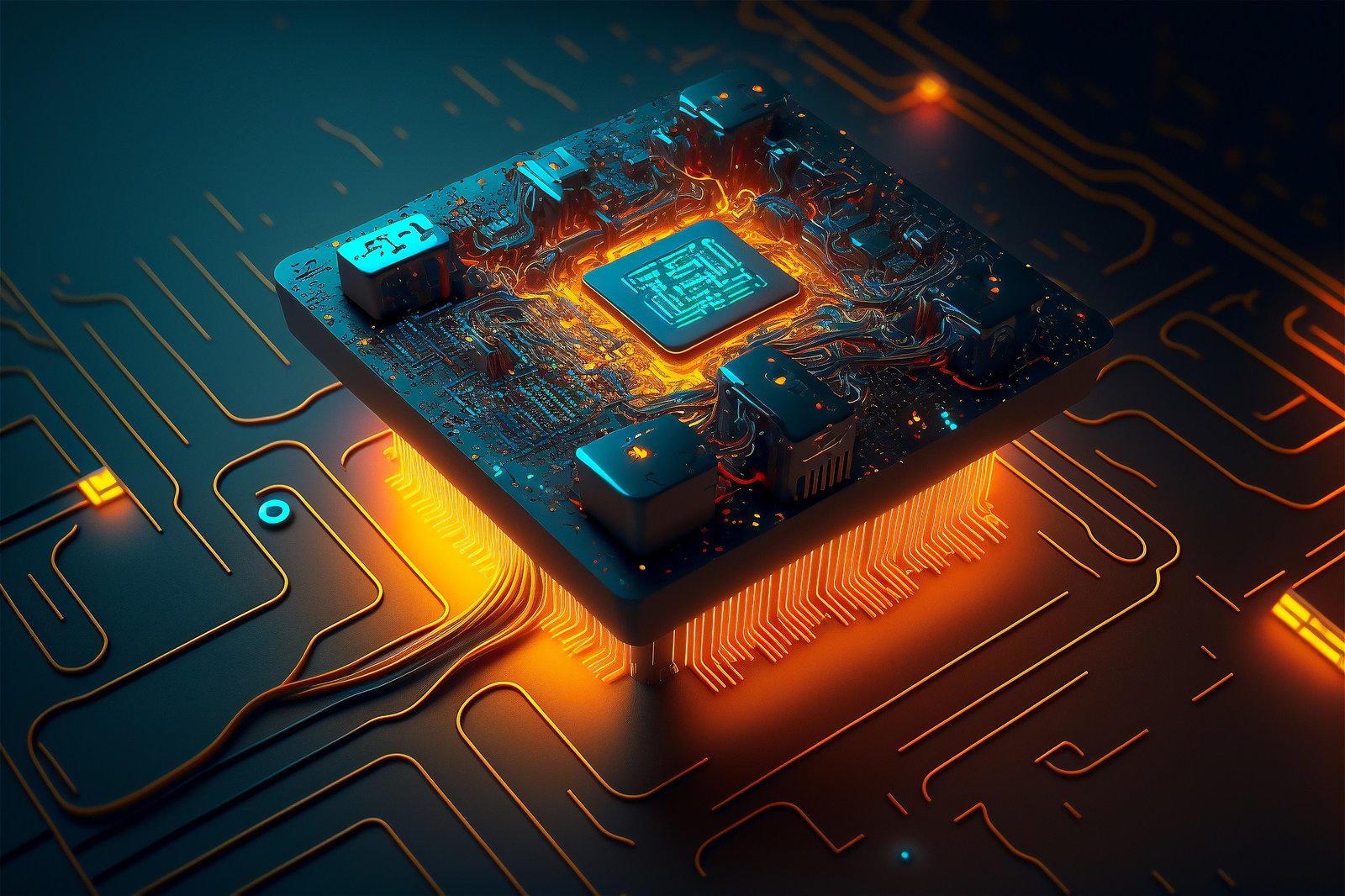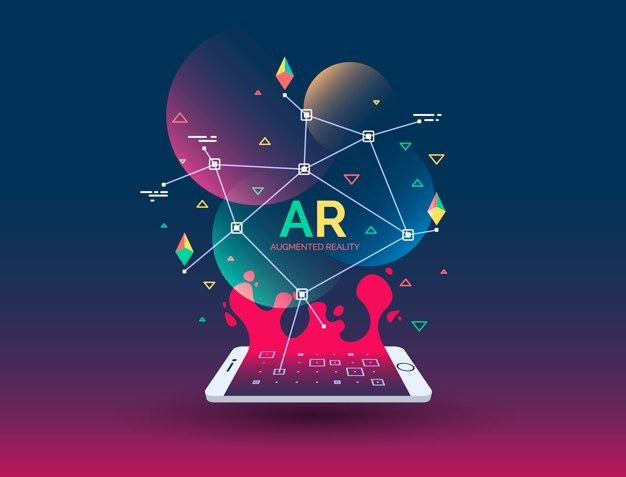The Future Hardware Technology
Future hardware technology is changing sectors, and our daily lives are changing at a rate never seen in the fast-paced world of today. The hardware of the future, with its potential to revolutionize everything from artificial intelligence to quantum computing, seems to be revolutionary. This paper explores the state-of-the-art technologies that will shape the future and provide a comprehensive analysis of the inventions that will propel the next phase of technical advancement.

Quantum Computing: The Next Frontier
Quantum computing uses quantum physics to solve issues regular computers cannot, revolutionizing computing capabilities. Unlike standard bits, which encode data as 0s or 1s, quantum bits, or qubits, can exist in several states due to superposition. This lets quantum computers process several possibilities at once.
Major market players like Google, Intel, and IBM are advancing. IBM’s Quantum Experience and Google’s Sycamore processor demonstrate quantum supremacy when quantum computers outperform traditional supercomputers in specific workloads. These advances promise to address materials science, cryptography, and complex simulations with unprecedented efficiency.

Artificial Intelligence and Machine Learning
Machine learning and artificial intelligence propel technical breakthroughs in many different domains. AI and advanced hardware are developing more effective and potent systems. Deeply computing AI algorithms is the purpose of neural network processors and TPUs.
A further exciting field is neuromorphic computing, which is modeled after the neural architecture of the brain. Intel and IBM are leading this field in creating chips that process information like humans. AI capabilities will advance, giving consumer electronics, automotive, and healthcare systems more excellent intelligence and responsiveness.

Edge Computing: Bringing Power to the Edge
With edge computing, data processing, and storage are moved closer to where they are needed. This changes how data is handled and controlled, lowering latency, speeding up responses, and improving total performance for applications that need real-time data.
As the number of Internet of Things devices grows and people want faster processing speeds, edge computing is becoming increasingly common. Edge computing makes things safer and more efficient by spreading out data processing and reducing the need for centralized cloud services. Industrial automation, smart cities, and driverless cars are all important uses that need to handle data in real-time.

5G and Beyond: The Future of Connectivity
When it becomes available, 5G technology will revolutionize internet connections. It will offer more storage, lower latency, and far quicker data speeds than in earlier generations. This significant development in mobile technology will make previously unthinkable new apps and services feasible.
5G ought to improve virtual reality (VR), augmented reality (AR), and the Internet of Things (IoT). The growth of smart cities, telemedicine, and remote work made possible by the improved connection will spark innovation in many sectors. Groundwork is being done for 6G, which will provide even faster speeds and more dependable connections as 5G networks continue to expand.

Wearable Technology: The Next Evolution in Personal Devices
Beyond fitness trackers and cellphones, wearable technology is expanding. Using many devices in our daily lives is getting easier. Advanced wearables combine artificial intelligence and sophisticated sensors to enhance communication, provide new interaction opportunities with technology, and provide real-time health monitoring.
Advances in materials science and flexible electronics are making more comfortable, long-lasting, and practical wearable technology possible. Future wearables ought to provide smoother, easier-to-use biometric monitoring, virtual reality capabilities, and seamless connections with other smart devices.

Advanced Robotics: Automation and Beyond
Robust robotics is proliferating because AI, machine learning, and hardware design are all getting better. Strong, flexible, and intelligent robots are increasingly being applied in a wide range of industries, including healthcare and manufacturing.
Collaborative robots, or cobots, boost productivity and workplace safety when built to work with people. Today, robots can carry out complex jobs more precisely and easily because of advancements in artificial intelligence, machine vision, and sensor technologies. Robotic exoskeletons and therapy systems are transforming patient recovery and care.

Augmented Reality (AR) and Virtual Reality (VR): New Realities
Augmented reality (AR) and virtual reality (VR) are technologies that are increasing and give people new ways to interact with digital content. AR adds digital information on top of the natural world, while VR puts people in a wholly digital world. Industry, healthcare, education, and pleasure are all places where both technologies are being used.
As more powerful and small-sized gear like VR headsets and AR glasses are made, these technologies are becoming more accessible to everyone. Future improvements should make the experiences more realistic and engaging, which will make them more useful for training, simulations, and working with others from afar.

Sustainable and Green Technologies
Concerns regarding the environment’s long-term health and climate change are rising. Consequently, the need for green and sustainable solutions is growing. Innovations in this area attempt to consume less energy, produce less waste, and employ materials that can be reused repeatedly.
Better solar panels, energy-storage devices, and environmentally friendly materials are advancing this field. Making hardware with reduced environmental impact and energy consumption is the aim of green computing initiatives. Businesses are also investigating circular economy concepts, which lower waste and resource use by designing products to last and be recycled.
Conclusion
Future hardware technology has enormous potential to change our planet fundamentally. Developments in anything from sustainable technology to quantum computing promise to address some of the most urgent problems and open us up to new creative possibilities. The way that these technologies develop will determine how industries, economies, and daily life develop in the future.
FAQ
How does conventional computing and quantum computing differ?
Both quantum physics and qubits are used in quantum computing. Different from classical bits, qubits can superpose several states. This enables quantum computers to process vast volumes of data and tackle challenging tasks more quickly than conventional computers.
2. How may hardware related to AI impact industries?
Built for powerful AI calculations are neural network processors and TPUs. By improving AI, consumer devices, cars, and healthcare (diagnostics and customized medication) will all become more brilliant.
What is edge computing, and why is it important?
With edge computing, data processing close to the source lowers latency and speeds up reactions. In real-time data processing applications, such as autonomous cars, smart cities, and industrial automation, it raises security and productivity.
How might 5G affect connectivity?
Less capacity, longer latency, and slower data rates characterize earlier generations than 5G. The advancement of AR, VR, IoT, smart cities, telemedicine, and remote work will spur innovation in all industries.
In what ways is wearable technology developing?
Wearables will include sophisticated sensors and artificial intelligence for augmented reality, improved communication, and real-time health monitoring. Thanks to flexible electronics and materials science, wearables are becoming more comfortable and adaptable, which also enhances user experience and connectivity with other smart devices.


1 thought on “The Future Hardware Technology”